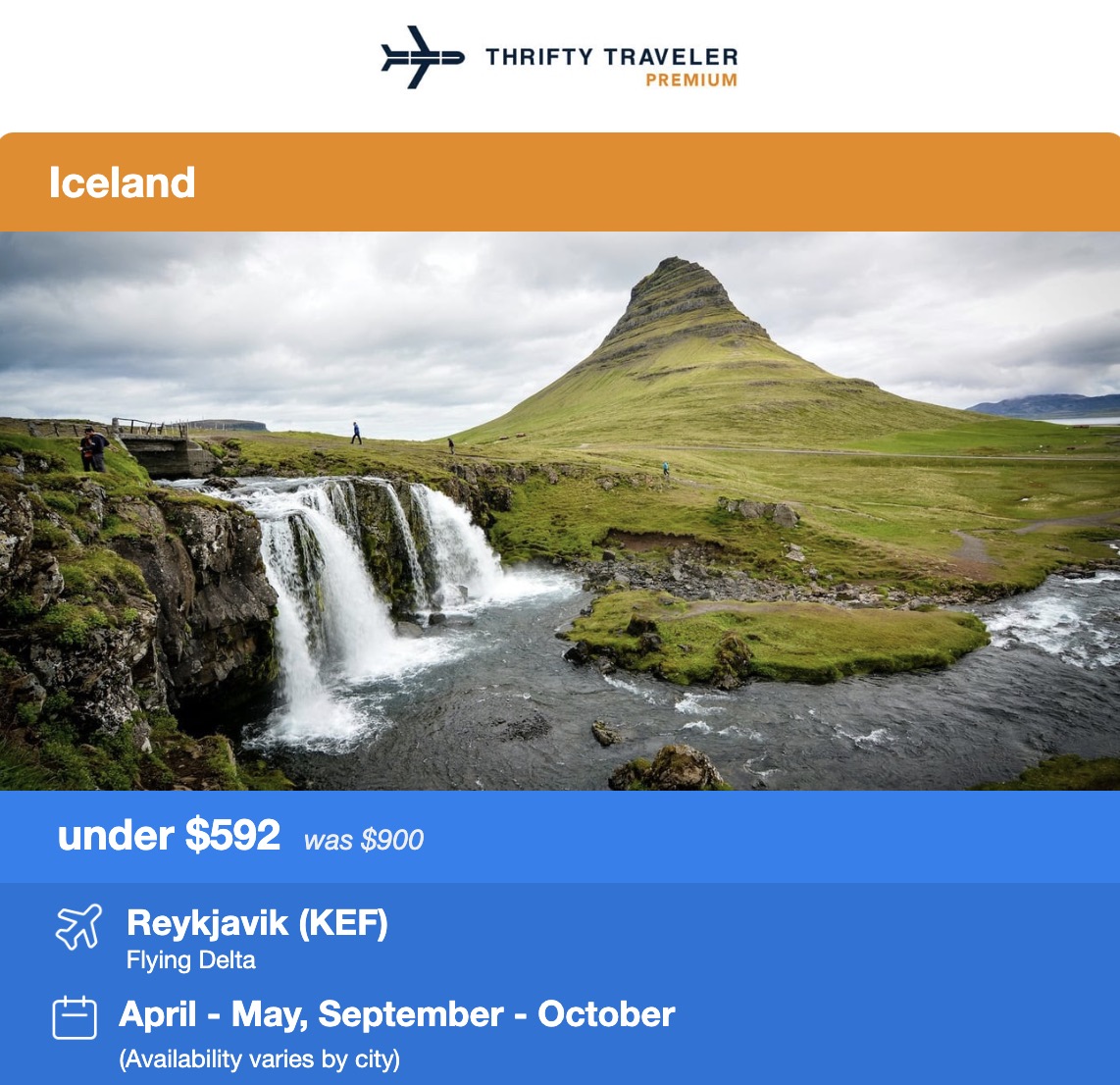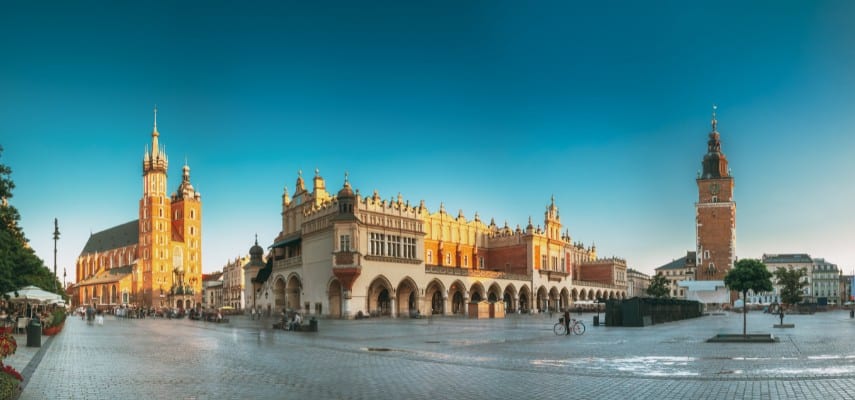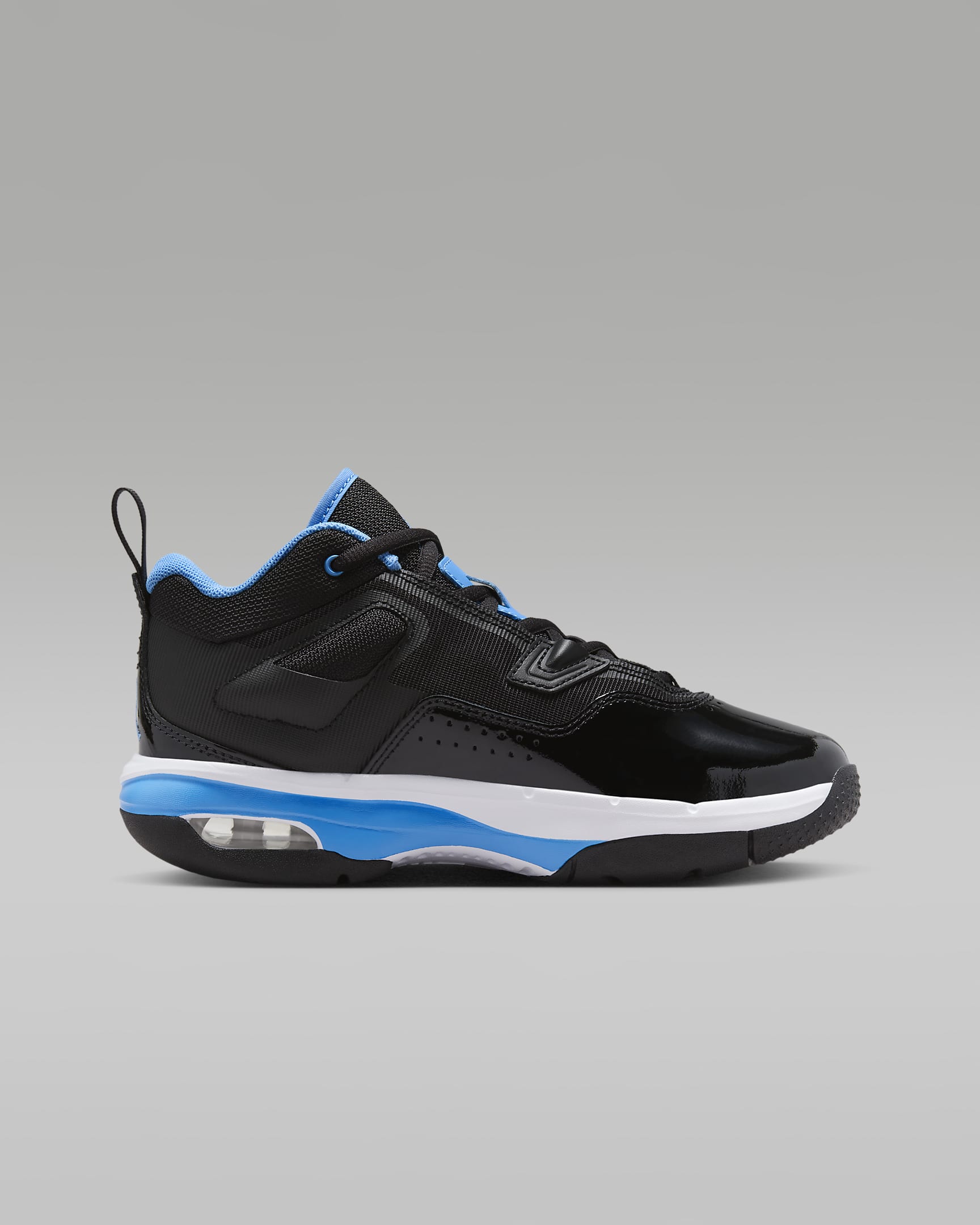
Iceland, the enigmatic "Land of Fire and Ice," has captivated the imaginations of travelers worldwide with its otherworldly landscapes, dramatic natural phenomena, and vibrant culture. From the ethereal dance of the Northern Lights to the thunderous roar of colossal waterfalls, its allure is undeniable. For many, however, the perceived cost of visiting this Nordic gem remains a significant deterrent. But what if we told you that the dream of exploring Iceland doesn’t have to break the bank? With strategic planning, a dash of flexibility, and a keen eye for deals, a budget-friendly Icelandic adventure, starting with affordable flights, is not just possible – it’s within your reach.
This comprehensive guide will unravel the secrets to finding cheap flights to Iceland and equip you with all the essential knowledge to navigate its wonders without emptying your wallet. We’ll explore its top attractions, delve into its fascinating history, share invaluable travel tips, highlight accommodation and transportation options, and pinpoint the best time to visit, proving that the magic of Iceland can indeed be experienced on a budget.
The Quest for Cheap Flights to Iceland: Your Gateway to the North

Related Articles about Iceland on a Budget: Your Guide to Affordable Flights and an Unforgettable Adventure:
- Qatar: Where Tradition Meets Tomorrow – A Comprehensive Travel Guide
- Egypt: A Timeless Journey Through Ancient Wonders and Vibrant Culture
- Unlocking the UK on a Budget: Your Guide to Cheap Flights and Unforgettable Experiences
- Dublin: A Guide to the Emerald Isle’s Vibrant Capital
- Norway: A Symphony of Fjords, Northern Lights, and Viking Lore
The first and often most substantial hurdle for any international trip is the flight cost. Fortunately, Iceland, specifically Keflavík International Airport (KEF) near Reykjavík, has become a major transatlantic hub, making it surprisingly accessible. The landscape of cheap flights to Iceland has evolved, but opportunities persist.
Historically, WOW Air was a game-changer, offering ultra-low-cost flights that revolutionized Icelandic tourism. While WOW Air is no longer in operation, its legacy lives on through other budget carriers. Play Airlines, an Icelandic low-cost airline, has stepped in to fill that void, offering competitive fares from various North American and European cities. Icelandair, the national carrier, often runs sales and, crucially, offers a popular "stopover" program, allowing travelers to spend up to seven days in Iceland at no additional airfare cost when flying between North America and Europe. Other European budget airlines like Wizz Air, easyJet, and Ryanair connect KEF with numerous European cities, providing excellent options for those already in Europe or willing to add a separate budget flight leg.
To snag the best deals, flexibility is paramount. Flying during the shoulder seasons (April-May and September-October) or the low season (November-March, excluding holidays) can yield significantly lower fares than the peak summer months. Mid-week flights are generally cheaper than weekends. Utilize flight comparison websites like Skyscanner, Google Flights, and Kayak, and set up price alerts to be notified when fares drop. Consider flying with a layover, as direct flights are often pricier. Finally, pack light! Budget airlines often charge hefty fees for checked luggage, so mastering the art of carry-on travel can save you a substantial amount.
Top Attractions: Unveiling Iceland’s Unforgettable Wonders
Once your affordable flight is secured, Iceland’s natural splendor awaits. Its attractions are primarily natural, meaning many of the most breathtaking sights are free to experience.
The Golden Circle is a must-do for first-time visitors, easily accessible from Reykjavík. It encompasses three iconic stops:
- Þingvellir National Park (Thingvellir): A UNESCO World Heritage site, it’s where the North American and Eurasian tectonic plates meet and drift apart, visible in the dramatic Almannagjá gorge. It’s also the site of the Alþingi, Iceland’s ancient parliament.
- Geysir Geothermal Area: Home to the Strokkur geyser, which erupts every 5-10 minutes, shooting boiling water up to 20 meters into the air.
- Gullfoss Waterfall: A majestic, two-tiered waterfall that plunges into a deep canyon, often creating rainbows on sunny days.
The South Coast offers a dramatic journey of waterfalls, black sand beaches, and glaciers:
- Seljalandsfoss and Skógafoss: Two iconic waterfalls, with Seljalandsfoss offering the unique opportunity to walk behind its cascading waters.
- Reynisfjara Black Sand Beach: Famous for its basalt columns, powerful waves, and the Reynisdrangar sea stacks.
- Jökulsárlón Glacier Lagoon: A stunning lagoon filled with icebergs calved from a nearby glacier, often accompanied by seals. The adjacent Diamond Beach is where ice chunks sparkle on the black sand.
Reykjavík, the capital, is a charming city with a vibrant arts scene. Don’t miss the iconic Hallgrímskirkja Church, offering panoramic city views; the futuristic Harpa Concert Hall; and the colorful street art. While the Blue Lagoon and Sky Lagoon offer luxurious geothermal experiences, they come with a price tag. Consider exploring lesser-known, more affordable hot springs for a similar experience.
Beyond these, the elusive Northern Lights are a major draw from September to April, best viewed away from city lights. The Snæfellsnes Peninsula, often called "Iceland in Miniature," boasts a diverse landscape including Kirkjufell mountain, black churches, and basalt columns. For adventurous summer travelers, the interior Highlands offer unparalleled hiking and stunning wilderness, though access requires a 4×4 vehicle.
A Glimpse into Iceland’s Rich History
Iceland’s history is as dramatic and captivating as its landscapes. Its story began in the late 9th century with Viking settlers, primarily from Norway, led by Ingólfur Arnarson, who established Reykjavík. The sagas, ancient epic tales, provide invaluable insights into this formative period. In 930 AD, the settlers established the Alþingi at Þingvellir, widely considered the world’s first parliamentary assembly, where laws were made and disputes settled.
For centuries, Iceland remained a remote and often harsh land. It fell under Norwegian rule in the 13th century, then passed to Danish control in the late 14th century, enduring periods of poverty, volcanic eruptions, and disease. The Reformation in the 16th century brought Lutheranism, which remains the state religion.
The 19th century saw a growing independence movement, fueled by nationalistic sentiment and a desire to escape Danish colonial rule. This culminated during World War II when Denmark was occupied by Nazi Germany, and Iceland was occupied by British and later American forces to prevent a German takeover. This period of increased self-governance and economic growth led to full independence in 1944, establishing the Republic of Iceland.
Since then, Iceland has transformed into a modern, prosperous nation, known for its strong social welfare system, renewable energy, and unique cultural identity. Its history of resilience against formidable natural forces and foreign rule has shaped a proud and independent people.
Smart Travel Tips for a Budget-Friendly Trip
Visiting Iceland on a budget extends beyond just cheap flights. Smart choices on the ground can significantly cut costs.
- Food: Eating out in Iceland is expensive. The biggest money-saver is to cook your own meals. Stock up at grocery stores like Bónus or Krónan, which are more affordable than convenience stores. Pack snacks and make lunches to take on day trips. Look for "happy hour" deals at bars and restaurants, and don’t underestimate the power of an Icelandic hot dog – a delicious and relatively cheap meal.
- Water: Iceland’s tap water is among the purest and best-tasting in the world. Bring a reusable water bottle and refill it constantly, avoiding expensive bottled water.
- Clothing: The weather in Iceland is famously unpredictable. Layering is crucial, regardless of the season. Invest in good quality waterproof and windproof outerwear, thermal layers, and sturdy hiking boots. Renting gear can be an option if you don’t own it.
- Book in Advance: Especially for car rentals, popular tours, and accommodation, booking well in advance can secure better prices and ensure availability.
- Free Activities: Embrace Iceland’s natural beauty! Hiking, exploring waterfalls, walking along beaches, and simply driving through the stunning landscapes are all free. Reykjavík also offers free walking tours and plenty of public art.
- Tipping: Tipping is not customary in Iceland, as service charges are usually included in prices.
- Credit Cards: Credit cards are widely accepted everywhere, even for small purchases. You’ll rarely need cash.
- Travel Insurance: Always a wise investment, especially given the adventurous nature of an Icelandic trip and the potential for unexpected weather or road closures.
Accommodation Options: From Budget to Boutique
Accommodation can be one of the largest expenses in Iceland, but budget-friendly options exist if you know where to look and book early.
- Hostels: A fantastic option for solo travelers, groups, and anyone on a budget. Hostels like Kex Hostel, HI Hostels (part of Hostelling International), and The Reykjavík Downtown Hostel offer dorm beds, private rooms, and often communal kitchens where you can prepare your own meals.
- Guesthouses and B&Bs: These often provide a more intimate experience than larger hotels, sometimes with shared bathrooms or kitchens, and can be more affordable than hotels, especially outside Reykjavík.
- Airbnbs and Vacation Rentals: Excellent for families or groups, as they often come with full kitchen facilities, allowing for significant savings on food. Prices vary widely based on location and amenities.
- Camping: The most budget-friendly option during the summer months (June-August). Iceland has a network of well-maintained campsites. Consider purchasing an Iceland Camping Card for unlimited stays at participating campsites for a flat fee, which can save a lot if you’re camping for more than a few nights.
- Farm Stays: A unique way to experience rural Iceland, often including meals and opportunities to interact with local life. These can range from budget to mid-range.
Regardless of your choice, booking well in advance is critical, especially during peak season, as popular options fill up quickly and last-minute prices can skyrocket.
Getting Around: Transportation in Iceland
Your transportation choice will largely depend on your budget, itinerary, and the time of year you visit.
- Rental Car: For maximum flexibility and to truly explore beyond Reykjavík, a rental car is the most popular option.
- 2WD vs. 4×4: A 2WD car is sufficient for the Ring Road (Route 1) during summer. For winter travel, F-roads (Highland roads), or exploring more remote areas, a 4×4 is essential.
- Insurance: Understand your insurance options. Gravel protection and sand/ash protection are highly recommended.
- Cost: Rental costs, fuel (expensive), and insurance can add up, but for groups, it often becomes more cost-effective than tours.
- Buses: The public bus system (Strætó) operates in Reykjavík and offers intercity routes, but coverage for tourist attractions is limited outside of scheduled tour buses. Airport transfers (Flybus, Airport Direct) are reliable and efficient.
- Organized Tours: If you’re not comfortable driving or traveling solo, day tours from Reykjavík are a convenient option for visiting major attractions. While seemingly expensive upfront, they can be cost-effective for solo travelers or small groups compared to the combined cost of a rental car, fuel, and specific activity fees. Multi-day tours are also available.
- Walking/Cycling: Great for exploring Reykjavík itself and its immediate surroundings.
- Hitchhiking: While possible and generally safe, it’s not a reliable or recommended option for those on a tight schedule or during colder months.
For budget travelers, renting a car with a group of friends and splitting costs, or opting for a few key organized tours, often strikes the best balance.
The Best Time to Visit Iceland: Seasons and Savings
The "best" time to visit Iceland depends on your priorities, but for budget travelers, the shoulder seasons often offer the sweet spot.
- Summer (June-August):
- Pros: Midnight sun (nearly 24 hours of daylight), warmest weather (average 10-15°C), all roads open (including the Highlands), puffins, whale watching.
- Cons: Most expensive time to visit (flights, accommodation, tours), most crowded, Northern Lights are not visible.
- Winter (November-March):
- Pros: Best chance to see the Northern Lights, ice caves, snowy landscapes, fewer crowds, lower prices (outside of holidays).
- Cons: Short daylight hours, very cold temperatures, some roads closed due to snow, fewer tours available, unpredictable weather can cause travel disruptions.
- Shoulder Seasons (April-May & September-October):
- Pros: The ideal compromise for budget travelers. You get longer daylight hours than winter, fewer crowds and lower prices than summer, and a good chance to see the Northern Lights (especially in September/October). Spring brings thawing landscapes and migrating birds, while autumn offers beautiful fall colors.
- Cons: Weather can still be unpredictable, and some F-roads might not be open.
If seeing the Northern Lights is your primary goal, target September/October or March/April for better prices and longer daylight than deep winter. If you dream of hiking under the midnight sun, summer is your only option, but be prepared for higher costs. For a balance of sights, activities, and savings, the shoulder seasons are highly recommended.
Conclusion: Your Affordable Icelandic Dream Awaits
Iceland, with its raw, untamed beauty, is an experience unlike any other. Don’t let the misconception of it being an exclusively expensive destination deter you. By being flexible with your travel dates, diligently searching for cheap flights, embracing self-catering, opting for budget-friendly accommodation, and making smart choices on the ground, your Icelandic dream can absolutely become a reality without draining your savings.
The key is proactive planning and a willingness to embrace practical, cost-saving measures. From the moment you land at Keflavík on an affordable flight, to exploring the Golden Circle’s wonders, witnessing the Northern Lights, and soaking in a geothermal pool, Iceland offers a wealth of unforgettable experiences. So, start searching for those flights, pack your layers, and prepare to be enchanted by the Land of Fire and Ice – an adventure that proves magic doesn’t always come with a hefty price tag.






